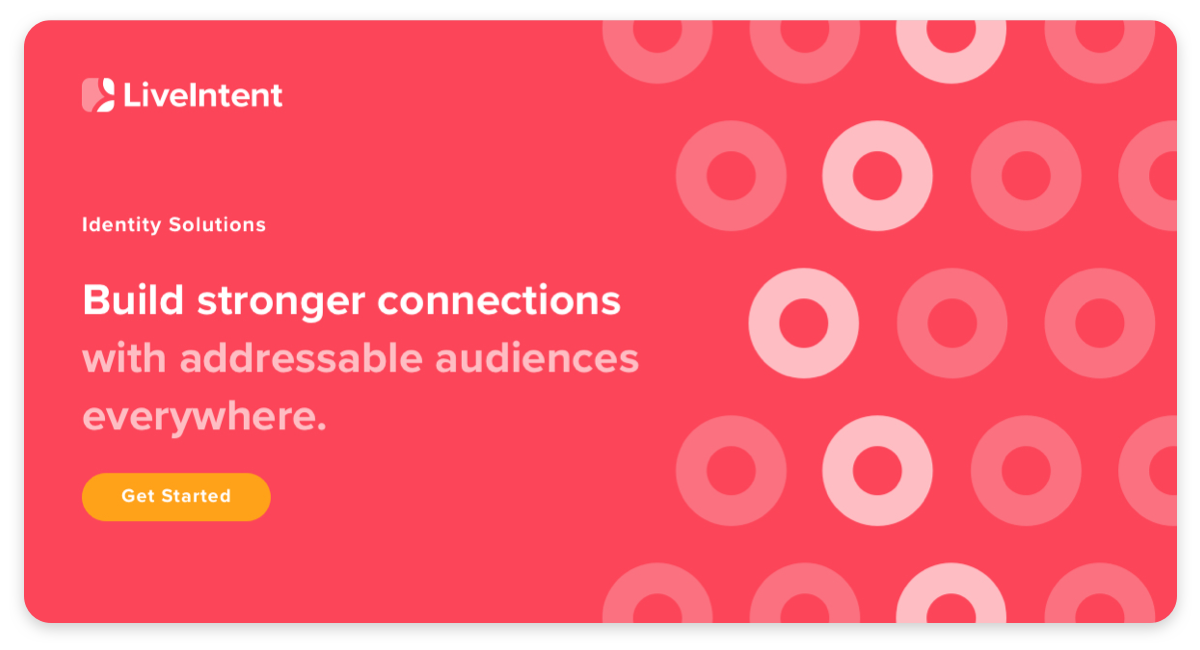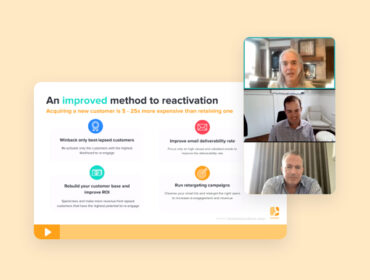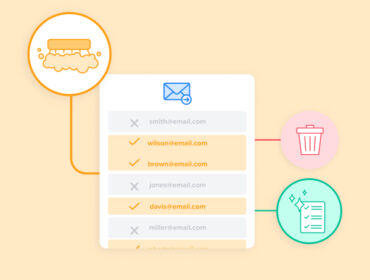The Key to Survival in a Post-Cookie World
Who stole the cookies from the cookie jar, you ask? Safari and Firefox.
Allow me to explain.
Safari and Firefox block third-party cookies on their browsers. These cookies carry consumer data between different sources, such as brands, publishers, and various technology platforms like demand-side platforms (DSPs), supply-side platforms (SSPs), and data management platforms (DMPs). This data helps marketers and publishers target, value and understand online audiences. Up until recently, this issue has been an easy one for the larger ecosystem to ignore. After all, Safari and Firefox only make up about 19% of total browser market share across mobile and desktop.
But now that Google is creeping up on the cookie jar, curbing the use of third-party cookies in Chrome, the percentage of browsers that can be defined as “cookie-challenged” jumps from 19% to a whopping 82%.

All this means it’s time to get accustomed to living in a world where the importance of cookies is diminished (of the internet variety, a least – thankfully, baked cookies are still OK). But the question remains: In a post-cookie world, how can marketers and publishers continue to leverage data about customer engagement and behaviors?
The answer is to eschew the cookie for something heartier – the email address.
Here’s why the email address is the key to survival in a post-cookie world.
Email provides data you can own and control.
Data control is crucial for brands and publishers today. They’re growing tired of having to rely on intermediaries to connect with their audiences or having their data locked in the walled gardens of Facebook, Google, and Amazon.
The email address, on the other hand, is yours. You can capture it on your website and use it to map customer journeys and reach audiences right in their inbox, as well as any other channel where that customer uses their email as a login.
There’s a reason why digitally savvy direct-to-consumer brands are placing the email address at the center of their business strategies. They want control. And they know that they get it through email.
You can use email to launch personalized campaigns.
As AdTech and MarTech converge, marketers must figure out how to build seamless, engaging customer journeys for their audiences. And email is the perfect tool for making that happen.
Whereas cookies are limited by the device and browser a person is using, email addresses are attached to individual consumers and trackable across devices. That means marketers can use email to build audience segments and collect rich advertising data, setting the foundation for more effective and engaging campaigns regardless of device or channel.
Customers prefer email.
Email isn’t just a boon for marketers; it’s also customers’ preferred channel of communication. According to Adobe, consumers spend 5.4 hours on email each day connecting with friends, family, colleagues, and brands. And they don’t need to use ad blockers to do enjoy the experience.
More than social media, the email inbox is a personally curated feed of one-to-one messaging from a variety of information sources. And brands should be right in there, reaching customers with personalized campaigns. In fact, Statista found that 86% of consumers want to receive email marketing offers at least monthly.
So for brands and publishers that might be biting their nails over the cookie apocalypse, we have just one thing to say: That’s the way the cookie crumbles. Oh, and also email. Yes, email is the key. It may not be as tasty dipped in milk, but it can give you the control, personalization, and engagement you need to survive in a post-cookie world.
—



